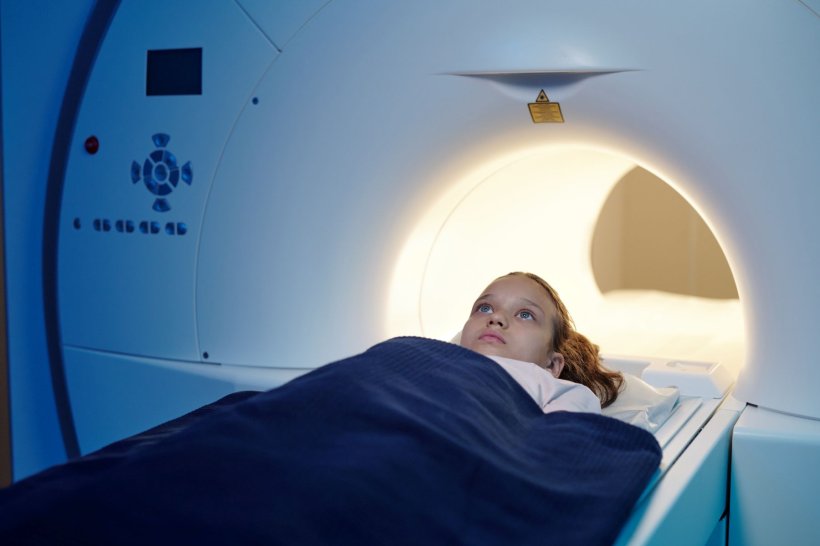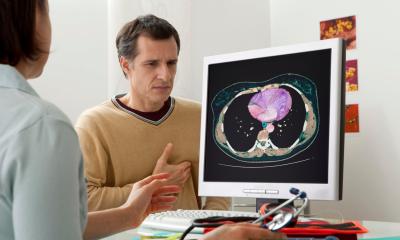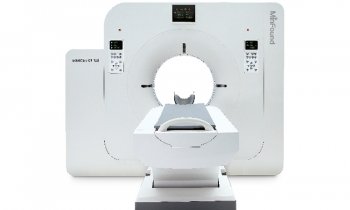
Image source: Adobe Stock/pressmaster
Article • Project EU-JUST-CT
CT scans: systematic evaluation of benefits and risks
When is a CT scan justified, i.e. when do the benefits of a CT scan for the patient outweigh possible risks associated with radiation? Justification has been a major issue among radiologists ever since CT has become widely available and widely used. With regard to dose the answer is the well-known ALARA principle: “As low as reasonable achievable“. Now, the European coordinated action on improving justification of computed tomography (EU-JUST-CT) has a closer look at the process of justification. At ECR in Vienna, initial results were presented.
Report: Michael Krassnitzer
According to the EU legal framework, the use of radioactive substances or ionizing radiation in human beings requires a justified indication that must be provided by a medical expert. This principle is confirmed in the EU Basic Safety Standards Directive (BSSD) which demands that any imaging examination that causes radiation exposure has to be justified in a standardized process prior to the exam. The EU member states were asked to adopt appropriate regulations.
Appropriate justification and optimization of all procedures involving patient ionizing exposure are essential elements of good and safe clinical practice
Professor Dr Boris Brkljačic
‘Appropriate justification and optimization of all procedures involving patient ionizing exposure are essential elements of good and safe clinical practice,’ underlines EU-JUST-CT’s lead researcher Professor Dr Boris Brkljačic of the School of Medicine at the University of Zagreb. At this year’s ECR, Professor Brkljačic presented interim results of the project which is scheduled to run until March 2024.
Two project goals have already been reached
Two of EU-JUST-CT’s four goals have already been reached. A survey to collect up-to-date information about justification of CT examinations was conducted in 145 centers in seven EU countries. And indeed the survey results confirmed the need for action. In Luxembourg, for example, a study showed that 39 percent of the CT scans requested by referring physicians were uncalled for. In 35 percent of the cases, the clinical justification was so vague or incomplete that the necessity of the requested CT scan could not be properly assessed. The second goal, the development a common methodology for auditing justification of CT examinations, has also been completed. A third goal will be achieved shortly: coordinated pilot audits of justification of CT examinations in a minimum of five different European countries.
The fourth and final phase is ahead, namely the discussion of the status of justification of CT examinations with the member states. This entails initiating the legal implementation of the justification audits that were developed. One focus will be CT scans of children and adolescents. ‘The role of CR examinations is undisputed, thanks to the diagnostic information provided in countless clinical conditions. However, in the past years a few epidemiological studies raised concerns about its use in children, as CT studies were linked to an increase in the risk of brain tumours,’ Brkljačic points out. This includes an analysis of the EPI-CT cohort study which was recently published in Lancet Oncology. It found that one of 10,000 young patients developed a brain tumour five to fifteen years after a head CT scan. Brkljačic is convinced that these results will have a major impact on the healthcare systems and on the debate of the justification of CT scans.
21.04.2023











